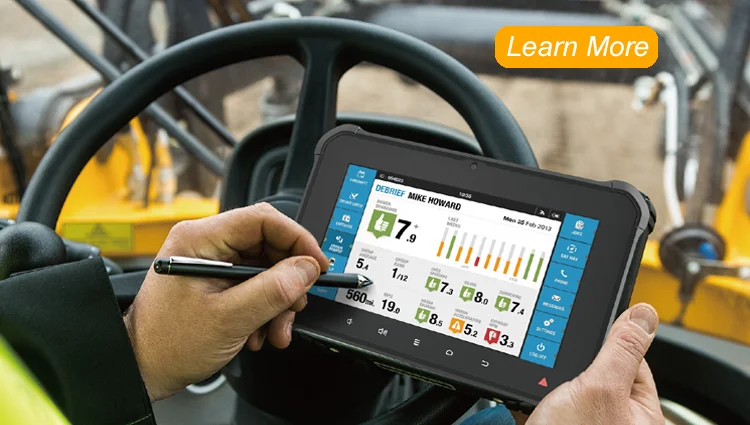A rugged computer, or ruggedized computer, is specifically crafted to function dependably in demanding usage environments like strong vibrations, extreme temperatures, and wet or dusty conditions. These computers are engineered not only in their external casing but also in their internal components and cooling systems to endure the challenging nature of these conditions.
Commonly utilized in public safety, field sales, manufacturing, healthcare, construction, transportation, and military sectors, rugged laptops, tablet PCs, and PDAs serve various industries, including agriculture, and cater to outdoor recreational activities.
The construction of rugged computers follows a foundational principle of providing a controlled environment for installed electronics. They are designed to withstand and operate effectively despite:
Shock and vibration
Temperature and humidity fluctuations
Corrosion and abrasion
Minimal size, weight, and power requirements
Acoustic noise reduction
Low pressure or altitude conditions
Ingress protection
Electromagnetic interference
Performance optimizations
These computers employ electronic components chosen for their capacity to endure higher and lower operating temperatures compared to standard commercial components. Design engineering decisions, such as reducing cabling, incorporating liquid cooling and heat sinks, and employing rugged materials, ensure optimal performance in harsh environments.
Features of rugged units encompass fully sealed keyboards to prevent dust or liquid intrusion and scratch-resistant screens that remain legible even in direct sunlight.
While rugged computers come with a higher price tag, a research study discovered that in environments where they are commonly used, the total cost of ownership was 36% lower for rugged notebooks and 33% less for handhelds and PDAs compared to conventional non-rugged versions. This cost reduction is attributed to lower failure rates, resulting productivity gains, and various other factors.


